Sensing
Each pixel on the sensor converts light energy into an electrical charge, proportional to the intensity of the light, in a similar manner to the operation of solar panels. Each pixel can be imagined as a bucket, and the photons are grains of sand falling into the buckets, which are then counted to achieve image detection.
CCD sensor
The name is short for Charge-Coupled Device. Semiconductor capacitors convert light into charge, and then the charge of each pixel is read at the corner of the grid. Their charge is passed on to each other in the same way that people form a chain to pass sandbags during a flood. CCD technology came first, followed by CMOS.
CMOS sensor
Unlike CCDs, Complementary MOS sensors contain a photodiode at each pixel and 3-4 transistors, with the charge being processed locally. The CMOS sensors are more efficient, cheaper to mass-produce, can capture images faster, implement noise filtering as SoCs and might perform basic image processing. Different CMOS technologies include DPAF, BSI CMOS or Stacked CMOS.
Rolling shutter (CMOS)
When recording video and therefore electronic shutter is used, the vertical, non-immediate reading of the camera sensors produces a distorted phenomenon called rolling shutter. This can be avoided using a global shutter camera, but sensors that can do that are expensive and low resolution. Since distortion is significant for fast-moving, rotating subjects, industrial vision systems almost exclusively use GS cameras.
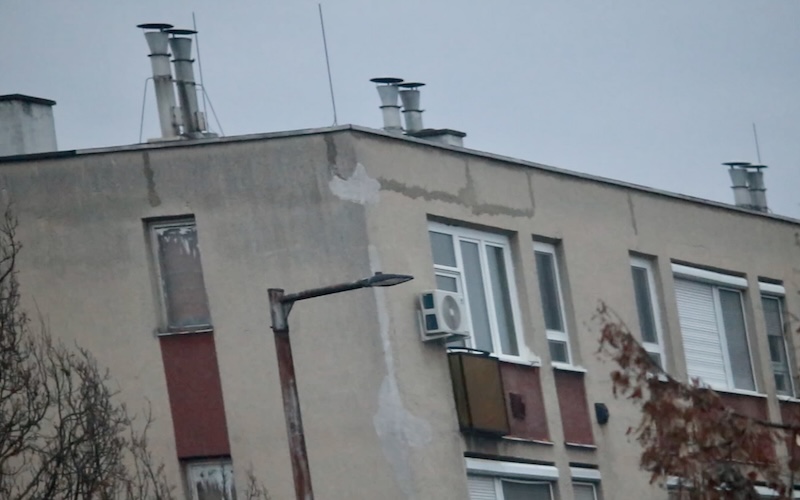
Interlaced Scan
At a given resolution and frame rate, a frame can be transmitted so that all information is transmitted at each step, this is Progressive Scan. In the past, however, due to technological limitations, the Interlaced Scan method was often used, which transmits only even or odd lines at a time. Half of each frame was thus one frame behind. Until around the early 2000s, both methods were used in parallel. News, for example, could be broadcast in 1080i, but action movies or sports broadcasts were transmitted in 720p to show the movement more clearly. Today, Interlaced Scan has almost disappeared from all areas of technology.
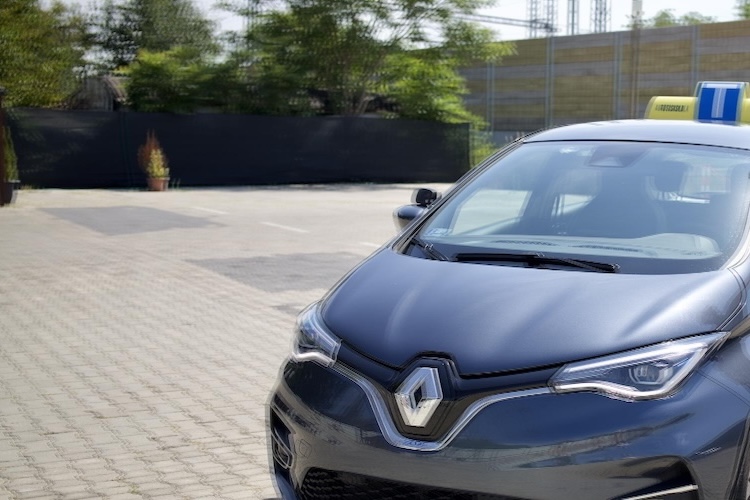

Definition of noise
Noise is the unwanted modification of a signal, which may occur during AD conversion, signal transmission, or signal processing. Noise causes the image to be grainy, as neighbouring pixels which are usually the same color or similar differ significantly. The effect is most noticeable in homogeneous areas.
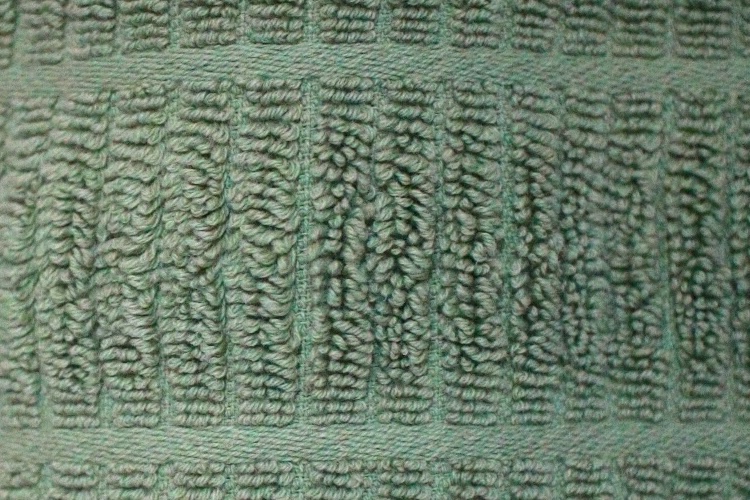

Sources of noise
When it rains, the raindrops fall randomly, just like the photons measured by the image sensor. Because of this, there will be a discrepancy between the repeated measurements, which will appear as noise.
The noise from photons is independent of the sensor, but the noise introduced when the signal is converted to a voltage or quantized is caused by the sensor. Modern 12-16 bit ADCs mean that quantization noise is minimal. FPN, or Fixed Pattern Noise, is noise due to constant pixel differences, but thanks to advances in technology this is no longer a relevant problem (4T pixel architecture, Correlated Double Sampling).
Noise is also generated when the sensor heats up. The silicon chips generate spontaneous electrons, which is also not uniform, which produces a noisy image. Astronomical sensors are cooled with liquid nitrogen for this reason. This is particularly typical when using long exposure times
Dynamic range
The ratio between the highest and lowest measurable photon energy is called dynamic range. The higher this ratio, the better the quality of the sensor image. The phenomenon is seen when details of shadowy areas are lost when capturing a bright subject or bright areas are burnt out in a low-light scenario. The dynamic range of the human eye is also not infinite, if it was, it would never have to "get used" to light.
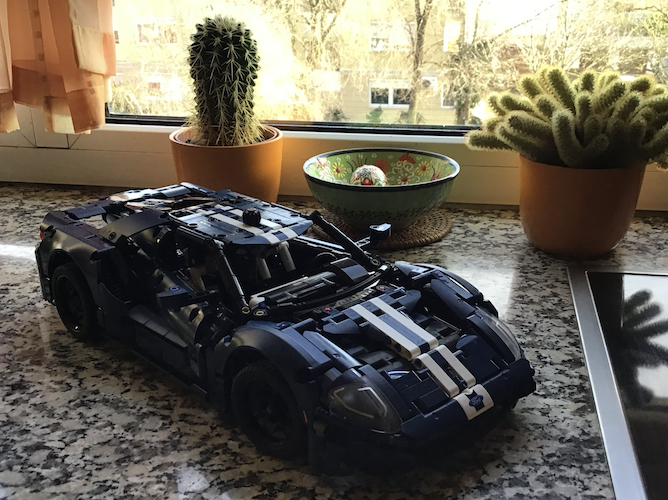
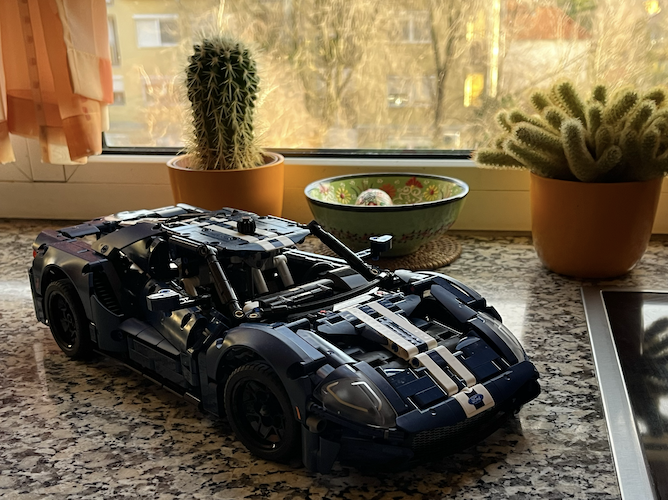
The dynamic range can be measured with specialized instruments using a dedicated light source, such as the XYLA Test Chart. It can be expressed in multiple ways, either as a ratio by definition, or in decibels, or exposure values. Industrial cameras might use decibels, cinema cameras use EV, and for consumer products (cameras, smart devices) it is usually not indicated.
XYLA Test Chart (ALEXA 35):
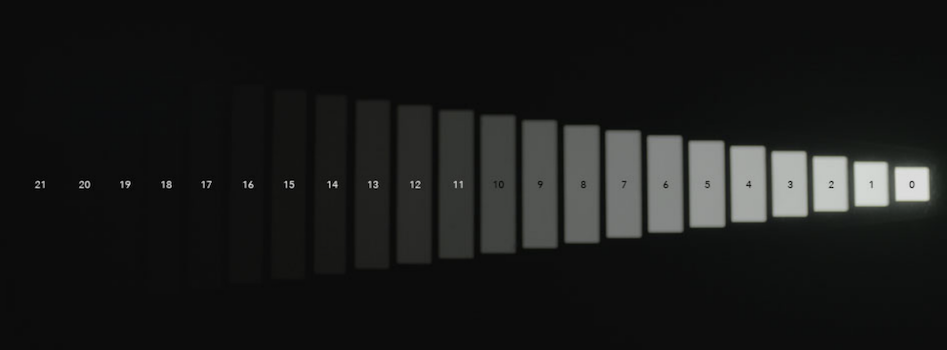
# ARRI Dynamic Range - https://www.arri.com/en/learn-help/learn-help-camera-system/technical-downloads
$ \dfrac{E_{max}}{E_{min}} $
$ 20 ⋅ lg \left( \dfrac{E_{max}}{E_{min}} \right) $
$ log_2 \left( \dfrac{E_{max}}{E_{min}} \right) $
| Device | Ratio | dB | Exposure value |
| Human eye | 1000000:1 | 120 | 20 |
| ARRI ALEXA 35 | 130000:1 | 102 | 17 |
| Apple iPhone 15 Pro | 2048:1 | 66 | 11 |
| Panasonic GH1 (2009) | 256:1 | 48 | 8 |
| Panasonic GH6 (2022) | 4096:1 | 72 | 12 |